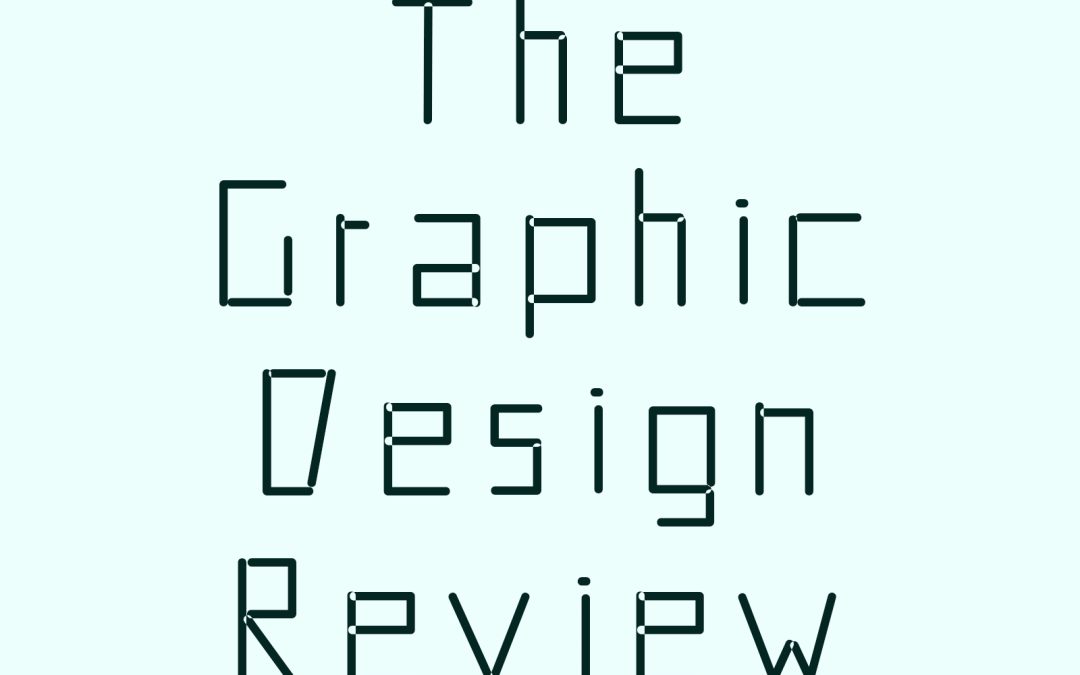Table of contents
- Introduction
- The Problem with the Usual Graphic Design Review Process
- Supercharging Graphic Design Reviews – A Designer’s Perspective
- Seven Ways to Transform an Idea into a Published Graphic—Fast!
- 1. Use a Real-Time, Cloud-Based Review ToolBenefits of Cloud-Based Tools like QuickReviewer
- 2. Dunk the EmailsMoving Away from Email Chains for Reviews
- 3. Centralize Your CommunicationImportance of Clear and Minimalistic Communication
- 4. Build Automated Processes that Boost QualityStreamlining Workflows for Efficiency
- 5. Get the Draft OutEncouraging Early Feedback on Designs
- 6. Real-Time Notes Save LivesUtilizing Real-Time Feedback Features
- 7. Follow Up, Follow Up – or Just Design!Reducing Time Spent on Follow-Ups
- 1. Use a Real-Time, Cloud-Based Review ToolBenefits of Cloud-Based Tools like QuickReviewer
- Final Thoughts
I have about 10 designs that live in my iPad. Permanently. Some of these designs are waiting for reviews, some are in draft, others have no set agenda, but have been put on the back burner to make way for more critical tasks. If you ask me where a particular design is, I might take an hour or more to find it. Many of these designs are also in limbo because the follow-up email chain moved from London to Tokyo, and I am sitting in New Delhi. If this sounds like your graphic design review process, you’re not alone.
The problem with the usual graphic design review process
Graphic designers need reviews to move further with a particular design. They churn out a draft pretty quickly—but once the draft is out, it often gets drowned in a deluge of emails that digress from the review and move to a totally different topic altogether.
The year 2020 came with its own sets of challenges for every organization. Teams suddenly did not have meeting rooms where they could deliberate on design, did not have access to emails, or simply did not have enough bandwidth to review designs on the fly.
On the other hand, I got drowned in millions of emails that took more time to understand which review came first. This resulted in my productivity hitting rock bottom—or maybe even hitting the earth’s core, leading to more burnouts than I could handle.
Supercharging graphic design reviews – a designer’s perspective
During the lockdown, I found myself holed up in my apartment with some free time and a window from where I could see the world come to a grinding halt—and think about how I believe an effective design process should work in any organization.
Although this post focuses on graphic design—which is my primary nature of work, it can work for any creative team. Whether revamping a product’s UI, working on a new video advertisement, reviewing a blog, or deciding on a new marketing campaign, this post will help your team do more work in significantly less time.
Seven ways to transform an idea into a published graphic—fast!
These seven ways will help your team be more productive from the first brief to the final published graphic. Here’s what you can do to supercharge your review process.
- Use a real-time, cloud-based review tool
In the world of AI, why use archaic review methods? AI-driven, cloud-based review tools such as QuickReviewer can bring transparency to your review process. With tools such as QuickReviewer, everyone knows the bottlenecks and the team can work together to remove the bottlenecks and get the design finalized. In short, if your draft is held up by reviewer A, implementing a cloud-based tool will remove the ambiguity and confusion, and bring everyone on the same page.
The reviewer responsible for the delay will know that the task is pending at his or her end and will do everything to ensure that his list of pending items is empty!
- Dunk the emails
Emails are passe! And they result in designers getting lost in review chains that they cannot make sense of. Additionally, emails are suitable for the dissemination of information. For example, sending an email with the initial design requirement from the client (or team) is perfectly fine. Once you have a draft at hand, switch to QuickReviewer or a similar review tool to get the wheels of the graphic design team rolling!
- Centralise your communication
Minimalistic communication at its best! Communication is the key to success for any team. Ensure that everyone is on the same page and that the reviewers know what must be reviewed so they can do their bit in time. In fact, without proper communication, you might design a social media post that might get reviews about why it is a square (assuming that the post was for Instagram). Tools such as QuickReviewer can help your team get all the design rambles onto one platform—reducing the confusion and bringing clarity for everyone. I especially love the threaded replies in QuickReviewer that help me respond to requests immediately.
- Build automated processes that boost quality
Running after people to get timely reviews just takes more time to get things done. With workflows, task assignments and statuses being controlled centrally, you get more things done in the same amount of time! Tools such as QuickReviewer allow you to create automated review processes that can transform how you finalise designs!
- Get the draft out
Show your design skills to your team. If you have more than one design element for the project, have your design team upload files onto a centralised workspace and get the review ball rolling! Create the design and get the draft out on QuickReviewer so your team can send in their comments quickly.
- Real-timenotes save lives
With tools like QuickReviewer, missed notes or emails are a thing of the past. With real-time notes for each draft—including video, you’re all set to ensure that you create a thing of beauty for your clients (or teams). Additionally, once you’re done with all the notes and reviews, chances are that you will reduce your review cycles by 50%
- Follow up, follow up – or just design!
With tools like QuickReviewer, you can spend more time working on reviews than waiting for updates and following up. Oh, and if you have to, just tag the person you’re waiting on directly to get their attention. Remember, a designer’s job is to design, not send out follow-up emails.
Whew! That was a long one. I realised that with QuickReviewer, I could send this blog out to my editor for review so that it could get published quickly. Although finalising the blog took two review cycles, I worked on my pending tasks while the editorial team reviewed the blog. So, in short, no team delayed the task of the other, making this a win-win situation for everyone!
Final thoughts
We implemented QuickReviewer in our organisation less than two years ago with outstanding results. Our design and engineering teams now work together to dish out designs faster than ever before—and everyone now seems to have more time to do things they could never dream of doing before. That’s how I wrote this blog in less than a week—while ensuring I met all my deadlines. Now stop reading and check out how QuickReviewer can help your organisation create better designs—faster!
Some other Posts you might be interested in.
How 3D Model Review Tools Like QuickReviewer Speed Up Product Development
Product development is an intricate process that involves multiple stakeholders, from designers and engineers to marketers and clients. Traditionally, reviewing and approving 3D models required numerous iterations, long email chains, and complex feedback loops,...
Valentine’s Product Launch: How QuickReviewer Made It a Breeze
Valentine’s Week is one of the most crucial times for brands looking to launch new products, special editions, and romantic-themed campaigns. However, the challenge lies in ensuring you review, approve, and finalize everything in time for the big week. The process can...
Crafting Teasers for Elias On Time, Every Time with QuickReviewer
Streamline Creative Design with QuickReviewer for Your Video Game Launch
Crafting the Perfect Game Intro with QuickReviewer: Elias’ Story
How I Used QuickReviewer to Publish an Amazing Intro Video for My Game Character Elias
How I Used QuickReviewer to Quickly Bring My Game Character and His Story to Life
Know how I used QuickReviewer to streamline the creative process of building my game character and crafting his story.
Why Is QuickReviewer the Perfect Collaborative Tool for Game Designers
Game design is a highly collaborative process that requires seamless communication, efficient feedback loops, and a shared vision among team members. As games become more complex, involving diverse teams with varying expertise, the need for effective collaboration...







